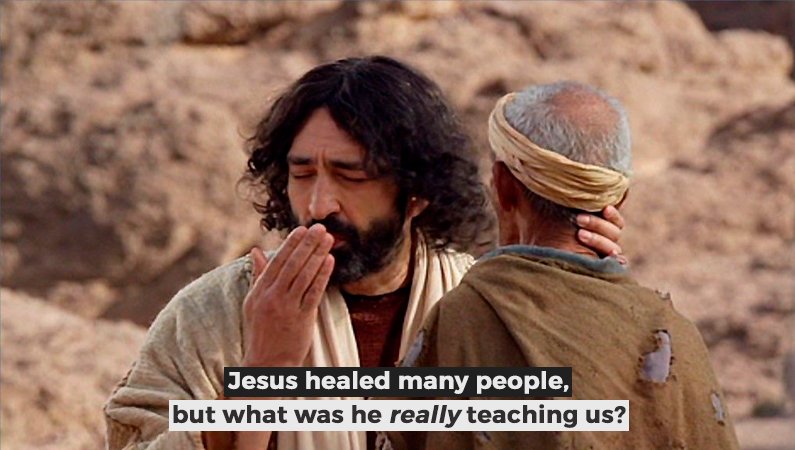Jesus performed many miracles during his three-year ministry, from turning water into wine at the beginning to the second miraculous catch of fish towards the end. He also healed people, lots of people, with approximately two-thirds of his recorded miracles involving healing, and that doesn’t include casting out evil spirits or raising from the dead.
So, healing people was important to Jesus, important enough for him to give two-thirds of his supernatural, miraculous, transforming energy to it. But time and time again he used the opportunity to heal someone as a practical way of teaching us something else. Something that is as equally relevant for us today as it was 2,000 years ago.
Reference/read: Mark 7: 31-37
Key word/phrase: A deep sign, followed by “Ephphatha!”
Surprise: Jesus took the man aside, away from the crowd, ensuring it wasn’t a ‘freak show’.
Key teaching verse: v34
‘He looked up to heaven and with a deep sigh said to him “Ephphatha!” (which means “Be opened!”).’
Teaching message:
Once again Jesus takes this person away from the crowd before healing him, treating him with dignity and respect, but the manner of the healing is different to many, it is more intimate. He touched the man’s ears and spat and touched the man’s tongue. Why? I believe Jesus used sensory methods of communication to show the man that he was healing him, to help him understand what was happening. I may be stretching things a little here, but I also wonder of Jesus took the inability to hear and speak from the man into his own body, struggled with it, and then looking to heaven and sighing he spoke. And the first word the man ever heard was that word spoken by Jesus himself… “Ephphatha!” (“Be opened!”)
Discussion questions:
- What would it have meant to this man to be treated with such dignity and respect?
- What can we learn from how Jesus used sensory ways to communicate as well as his willingness to understand the man’s disability personally?
- How can we use sensory methods of communication more to engage with people with disabilities that we know and to understand them better?
Mark Arnold.
Mark Arnold is the Additional Needs Ministry Director for Urban Saints’ pioneering additional needs ministry, including training, consultancy, conference speaking and resourcing: urbansaints.org/additionalneeds
Find out more:
Read Mark’s blog post, ‘Weak Made Strong’ to further unpack this story.
You can also watch the video of a talk given by Mark at Frinton Free Church that shares more about this teaching.
You can read more of Mark’s blog posts by visiting https://theadditionalneedsblogfather.com/
Image from freebibleimages.org attributed to www.lumoproject.com
